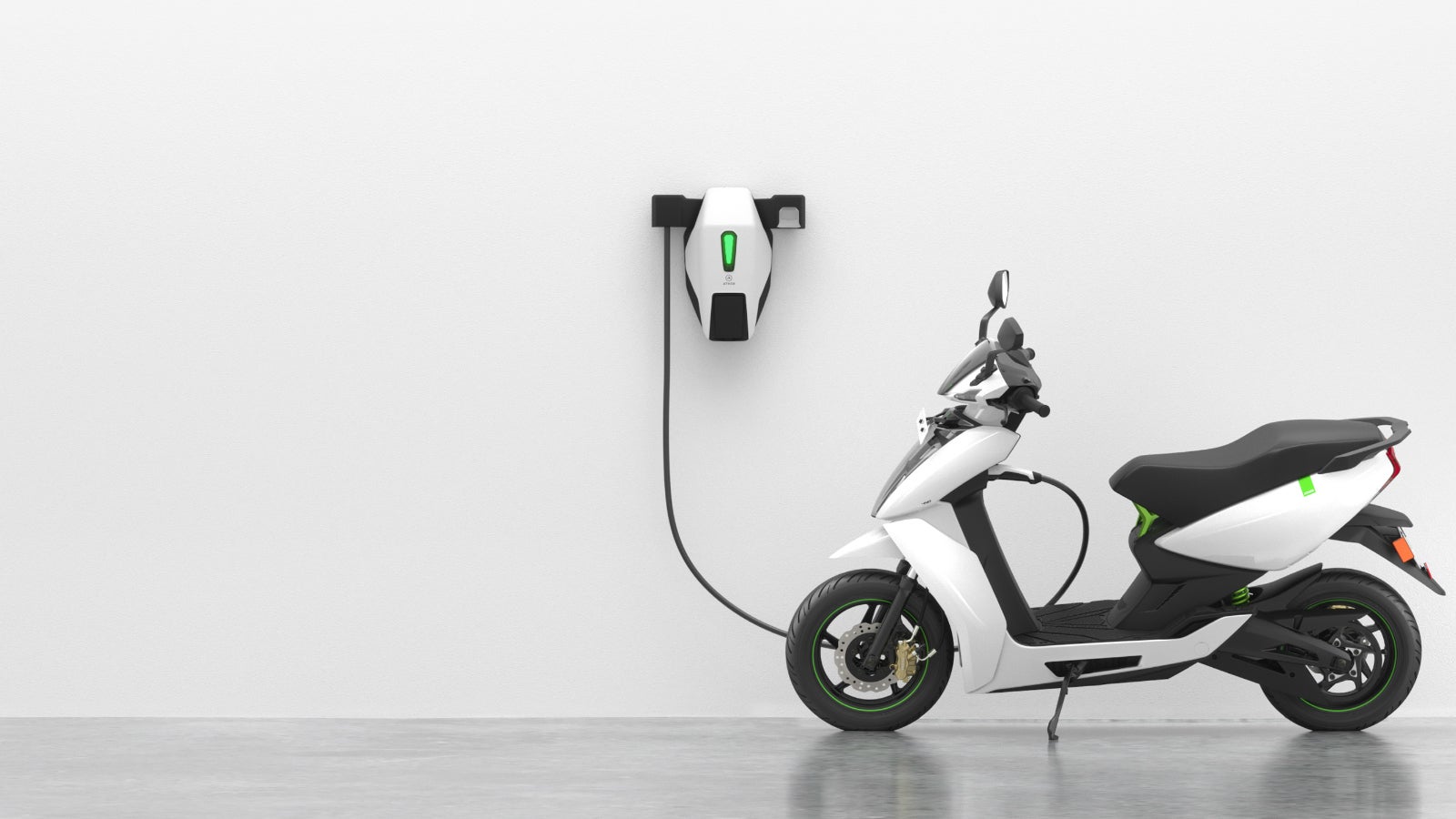The launch of this e-scooter is a moment of reckoning for India’s EV market
Over five years after two Indian Institute of Technology, Madras (IIT-M) graduates set up Ather Energy to build India’s first smart electric scooter, the Ather 340 is finally ready to hit the road.


Over five years after two Indian Institute of Technology, Madras (IIT-M) graduates set up Ather Energy to build India’s first smart electric scooter, the Ather 340 is finally ready to hit the road.
Today (June 05), the company launched pre-orders for the Ather 340, and its more powerful variant, the Ather 450, for deliveries in August for Bengaluru only. The former is priced at a little over Rs1 lakh ($1,490) while the Ather 450 will cost around Rs1.25 lakh ($1,862.75).
The roll out of these scooters marks an important step forward for India’s electric vehicles (EV) industry, which has struggled with policy flip-flops and inadequate infrastructure for years, even as the Indian government has set an ambitious goal of making all new cars sold from 2030 electric.
Ather’s commercial launch in the world’s largest two-wheeler market comes more than two years after co-founder and CEO Tarun Mehta first introduced the 340 at a tech conference in Bengaluru, promising availability by the end of 2016. Instead, what followed was months of setbacks as the company struggled to work with vendors in India’s automotive industry to mass-produce the electric scooter’s components that have been mostly designed from the scratch.
Despite having raised over Rs80 crore ($12 million) from investors such as Tiger Global and the founders of Flipkart, it was the Rs205 crore ($30.5 million) investment from Hero MotorCorp, India’s largest two-wheeler manufacturer, in October 2016, that put Ather back on track by boosting its credibility with vendors.
“It is one thing for a financial investor to invest (in the company) and it’s one thing for the largest two-wheeler company in the world to invest,” Mehta told Quartz in an interview last month.
The launch is “very significant” for India’s electric two-wheeler market, according to Deepesh Rathore, co-founder of Emerging Markets Automotive Advisors (EMAA), a consultancy.
“I haven’t seen the product yet but it’s one of the first ground up (electric two-wheelers) in the Indian market. Everything before this was half baked, Chinese-supplied,” Rathore said. “I also reckon this is a test-bed for Hero to judge how receptive Indian youngsters are to (electric two-wheelers).”
But India’s limited charging infrastructure is still standing in the way of the widespread adoption of EVs, while also restricting production. With only about 350 EV charging stations for half-a-million vehicles, the sector’s “chicken-and-egg problem” restricts the distance that can be travelled, stymieing growth.
Fortunately, in April, the government removed one road block, clarifying that companies could set up EV charging stations without requiring a licence to sell electricity, a rule that slowed the spread of charging points. Despite the delay in formulating a comprehensive EV policy, Mehta believes the Indian government is on the right track. ”In bits and pieces the government has been moving completely in the right direction,” he said.
Late last month, his company announced that it would be building its own charging network, the AtherGrid, in Bengaluru, which will be free to use for all kinds of electric vehicles for the first six months. The company currently has 19 points located near cafes and shopping malls in key neighbourhoods such as Koramangala, Indiranagar, HSR Layout, and Whitefield. It expects to bring this up to 30 over the coming weeks, by which time around 90% of the city would be not more than 4km from a charging station, according to Mehta.
“An early innovator like Ather will have to set up some token charging stations to show that they are serious,” Rathore said. “Mind you, I use the work token—I cannot see them doing the same when they start selling a 1,000 units per month in a city.”
Ather’s plant in the Whitefield neighbourhood (of Bengaluru) can produce 600 scooters a week, Mehta said. In its first year, Ather plans to produce a few thousand of them, before stepping up production in 2019. And by the end of this year, Ather will launch its pioneering electric scooters in Chennai, with Pune on the cards for 2019.
“600 per week is a test volume and seems to be the right number,” Rathore added. “I would be very worried if they can’t sell these 100% for 52 straight weeks. On the other hand, they should be ready to multiply capacity 10x-100x if the product takes off.”